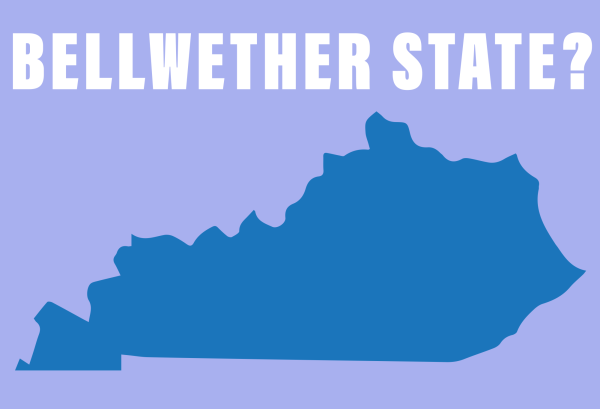We should fight the evil of greenwashing
October 19, 2018
Sustainability sells. Sixty-six percent of global consumers state that they would be willing to pay more for products that are environmentally friendly. My first reaction? Amazing! Wonderful! Bring on environmentally woke hipster culture, complete with cute succulent t-shirts and no-straw Starbucks cups (incidentally, a perfect example of greenwashing).
There are a multitude of environmental issues facing our planet and global health, so the fact that people are willing to spend money to mitigate the damage is so heartening. That’s why greenwashing makes me so angry.
Greenwashing is loosely defined as portraying a product as more environmentally friendly than it actually is, usually for marketing purposes.
It’s one thing to pollute the environment with your product, but to mislead consumers in order to make a buck off of the good intentions of environmentalists? It’s just wrong. If consumers can’t trust the labels on their products, then many may stop looking for environmentally friendly products altogether. The lies are more pervasive than you may have thought: 95 percent of “green” products use some sort of greenwashing technique.
A classic example of companies painting their environmentally harmful products with the green brush is this Chevron commercial, starring a happy bear in a green field to advertise an oil company. When the ad aired, Chevron was simultaneously violating the Clean Air Act and the Clean Water Act as well as spilling oil into wildlife refuges.
Very few companies, however, straight-up lie concerning their products. According to Going Zero Waste, it’s far more likely that they will engage in tactics of:
1. Distracting from what’s actually happening by using images that have nothing to do with the product, like this Huggies ad. Dodgy, very dodgy.
2. Being super vague– e.g. labeling like “natural” and “green” with no official certifications to back it up. Even “organic” doesn’t mean that all the products are organic, unless it has the USDA certification.
3. Making a claim has no real value, like stating a company has “doubled” their renewable energy use, but leaving out that they only used 2 percent renewables in the first place.
4. Using fake eco-labels that don’t carry the weight that you’d think they would.
Here are ways the UK students can differentiate between truly green products and greenwashing:
1. Look up how legit eco-labels are using this Eco-Label Index.
2. Sleuth out the truth using CorpWatch.org and the “Good Guide” for household, personal care, and childcare products.
3. Look for labels that are specific, e.g. “100 percent naturally sourced products” is slightly better than just “natural.”
4. Be savvy with typical greenwashing strategies. Once you start looking into products that have this “green image,” the results are often laughable. Here is a list of some of the craziest examples.
I know it sucks having to take more time out of our already busy schedules to vet products, but fighting back against manipulation by these companies is the moral thing to do. Let’s choose to invest our dollars where they truly will make a difference– in products that live up to their sustainability promises.























































































































































